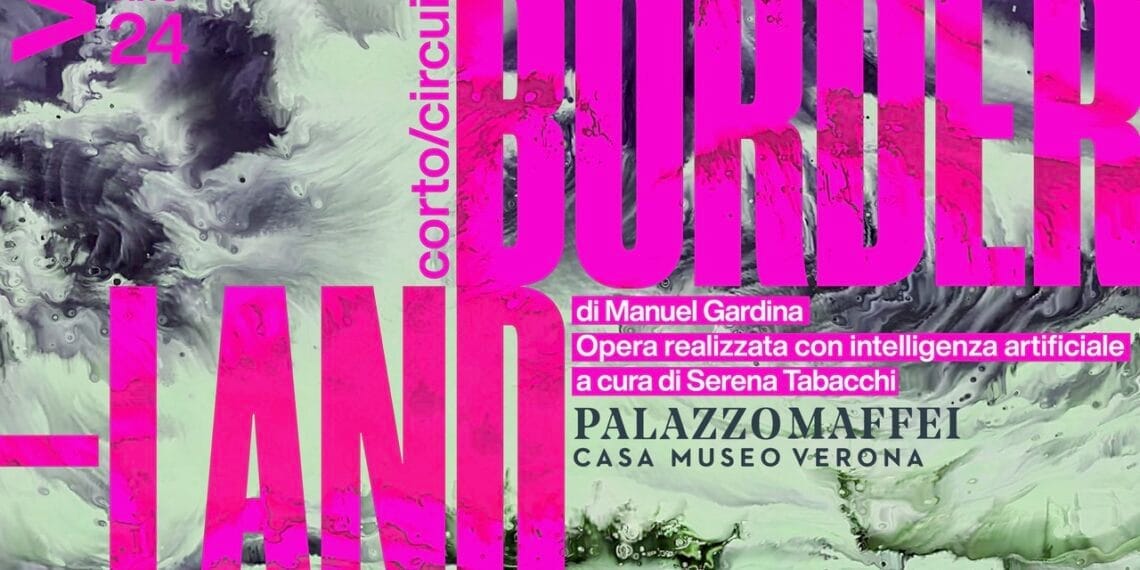Palazzo Maffei in Verona is preparing to host an innovative exhibition that marks the intersection of **art** and **artificial intelligence**. Starting from October 11, 2024, the public will be able to immerse themselves in the digital generative artwork “Borderland,” conceived by artist Manuel Gardina and curated by Serena Tabacchi. This ambitious project not only proposes a new form of artistic expression but also invites visitors to become active participants in the creation process.
### An Innovative Site-Specific Artwork
“Borderland” is described as a vast digital “canvas,” specifically designed for the Veronese museum. It merges landscapes, iconographies, and portraits drawn from the permanent collection, bringing to life unprecedented scenarios through audience interaction. The work leverages the capabilities of artificial intelligence, which learns from the stimuli provided by Gardina and the interactions of viewers, transforming them into co-authors of the real-time creation.
### Exploring the Boundary Between Real and Virtual
The exhibition addresses the subtle demarcation line between the physical world and the digital realm. “Borderland” creates an environment where parallel experiences and diverse elements blend, offering a space for reflection on the infinite possibilities that arise from the meeting of traditional art and modern technology.
The digital medium serves both as a tool for physical connection and as a metaphor for contemporary transformations in the artistic landscape.
### Interactivity and Artistic Reinterpretation
Visitors will be able to recognize faces and landscapes from masterpieces in the museum’s collection—works by artists such as Picasso, Boldini, Magritte, and Hokusai—reinterpreted through generative algorithms. This dynamic invites reflection on how artificial intelligence can reinterpret historical works, creating a bridge between the artistic heritage of the past and modern public perceptions.
Luigi Carlon, the founder of Palazzo Maffei, has strongly supported this innovative project, highlighting his commitment to artistic avant-gardes and the support of young talents.
### Constant Evolution of the Artwork
By interacting with the artwork through movement towards the screen, viewers directly influence the visual composition: each gesture generates a unique digital brushstroke. “Borderland” is designed to evolve continuously; each experience is unrepeatable due to the AI’s responsiveness to human interaction.
Serena Tabacchi emphasizes that this is not simply about autonomous intelligence but rather a dynamic collaboration between artist and calculating machine. Each image selected by the artist prompts an interpretative response from the AI based on previous learnings.
### Reflections on the Dialogue Between Physical and Digital Realities
Vanessa Carlon, the museum director, notes how Gardina’s work represents a constant oscillation between tangible reality and digital abstraction. This dialogue is particularly relevant in the current context of our daily lives, where questions about the boundaries of modern technologies arise.
In addition to the “Borderland” artwork, Palazzo Maffei is currently hosting exhibitions dedicated to Picasso, featuring significant ceramics and oils that further enrich the cultural offerings of the Veronese museum.
Italian Version


